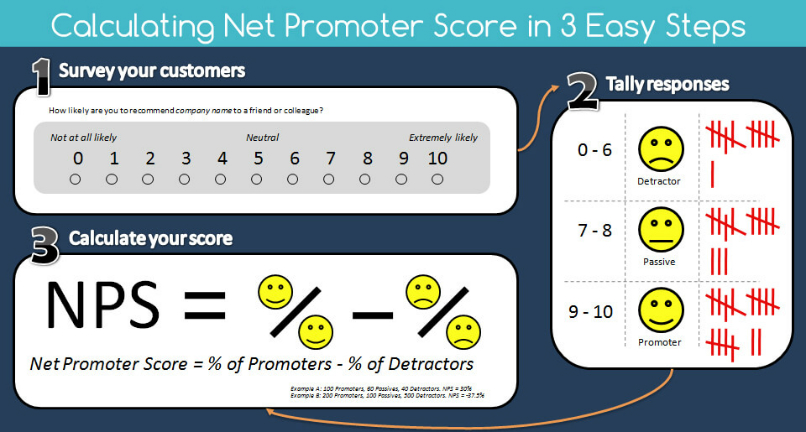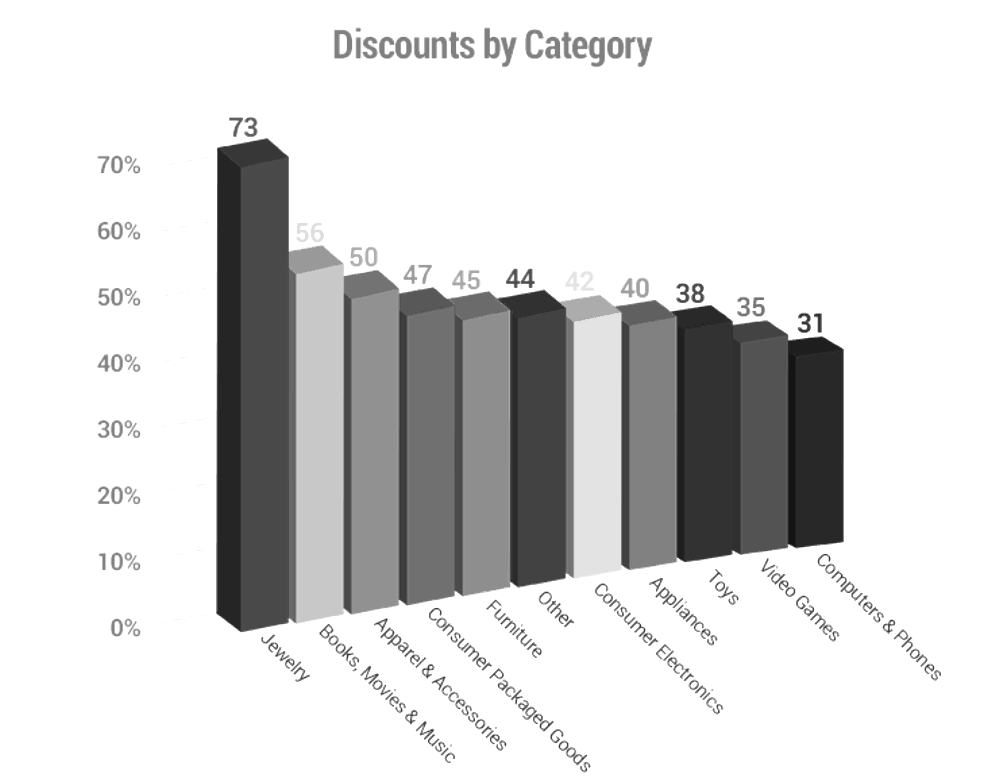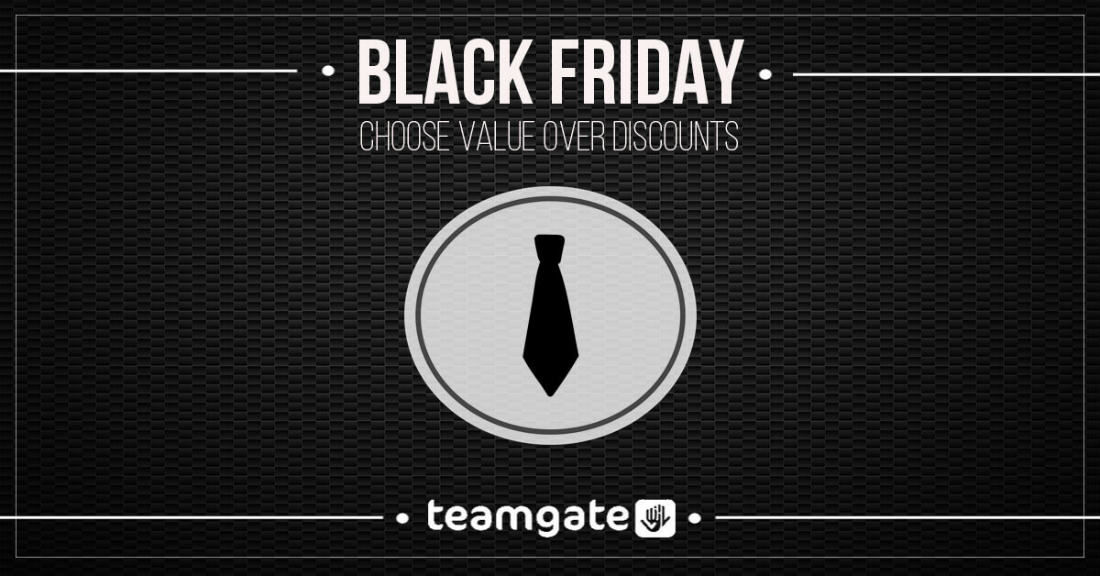In this article, we’ll delve into the concept of Customer Success strategies, primarily seen in SaaS (Software as a Service) businesses, and how these strategies can be adapted and implemented in non-SaaS enterprises. Through the use of various metrics and engagement types, even businesses outside of the subscription model can harness the power of customer success to optimize their client interactions and overall business growth.
Key Takeaways:
- Customer Success is not solely for SaaS companies; non-SaaS businesses can also benefit from its strategies.
- Metrics such as Churn, Customer Lifetime Value, and Net Promoter Score are essential tools to assess and improve customer experience.
- Segmenting customers based on factors like their Customer Lifetime Value or onboarding status can drive more tailored and effective engagement strategies.
- Engagement types, ranging from on-site visits to best practices meetings, can be customized based on the value and needs of the customers.
- Achieving Customer Success is rooted in truly understanding your clients and building a foundation of trust.
In the previous our blog we have been talking about how to Guide Your Customers To Their Desired Outcome.
Customer Success is the SaaS answer to some of the challenges that the subscription model presents. Can non-SaaS businesses benefit from Customer Success strategies as well?
In the subscription model, the need to keep customers successful and happy throughout every single interaction with the company is urgent. In addition, there is a high focus on using customer data to implement key metrics in order to improve the product and customer experience. How does this translate for non-SaaS?
What gets measured can be managed
Metrics
The use of metrics is not exclusive to SaaS companies. Granted, the cloud unlocks significantly more data to assess than that available for non-SaaS businesses. However, through sampling, surveys, automation and precise measurements, non-SaaS businesses can benefit as well. Here are some metrics to consider:
Churn:
Gainsight reports that “On average, companies with a dedicated Customer Success team have a 24% lower churn rate than companies without Customer Success”.
It’s completely normal for any business to have some customers leaving, but it’s important to monitor it closely to prevent it from getting higher.
The basic formula for monthly churn is: Number of churned customers divided by total number of customers.
Customer Lifetime Value:
How much are your customers worth? Are you spending more to acquire new customers than they are worth to your business? How can you tell if your customer success hacks strategies are increasing customers’ value?
CLV is one of the most common metrics used to asses Customer Success and customer retention. A customer who achieved their desired outcome is more likely to stay longer with your business and purchase more services.
For example, the CLV of a customer who spends $50 per month for 5 years would be:
$50 x 12 months x 5 years = $3000 in total revenue or $600 in yearly revenue.
Net Promoter Score:
NPS is a metric used to measure customer advocacy. Although the effectiveness of this metric has been subject to ongoing debate, it remains commonly used in the corporate world.
Of course, churn, Customer Lifetime Value and Net Promoter Score are few example of the myriad of metrics that can be implemented. The folks at Groove have written extensively about the metrics they use to optimize Customer Success. Groove remains a SaaS startup, but their methodologies can be applied to any non-SaaS business as well.
How We Measure and Optimize Customer Success Metrics in Our SaaS Startup
How One SaaS Startup Reduced Churn 71% Using “Red Flag” Metrics
Segmentation
As we previously discussed on our blog, segmentation is essential to seamless integration of CRM into business workflows. Similarly, segmentation is key to managing customer success. However, the segmentation strategies that work for sales and marketing automation might not have the same result for customer success.
For example, it’s possible to segment customers according to their Customer Lifetime Value. By doing so, a business can determine whether a low-touch or high-tough approach to engagement would be appropriate.
It is also possible to segment customers according to their onboarding status. Let’s consider a gym offering free two weeks membership for example. It’s possible to segment leads/customers in this example into various categories:
- Customers who redeemed the offer.
- Customers who didn’t.
- Customers who used more than 4 sessions.
- Customers who used less than 4 sessions.
This would allow the gym owner (or customer success manager) to uniquely target each particular segment for potential trial-to-paid conversion. Leads who haven’t redeemed the offer might be worth pursuing, but the ones who have used the trial extensively are more likely to convert into paying customers. In addition, those who have used the gym but not frequently present a good opportunity for customer surveying/interviewing.
Do you have a CRM that keeps you organised?
The most user-friendly CRM on the market. 14-day free trial.
Start Free TrialPainless setup, no credit card required
Engagement Types
Engagement refers to the way and the frequency with which your customers will be contacted. There is obviously no one-size fits-all approach to engagement, but some models persist throughout businesses.
For example, high value customers might warrant a high touch approach. In a Gainsight article, the following engagements are suggested for high-value customers:
- On-site visits
- Quarterly Business Reviews
- Annual Health Checks
- Monthly Best Practices meetings
Customer Success, after all, remains about knowing your customers and earning their trust.
Would you like to know your Customers better? Start your Teamgate Free Trial today!






